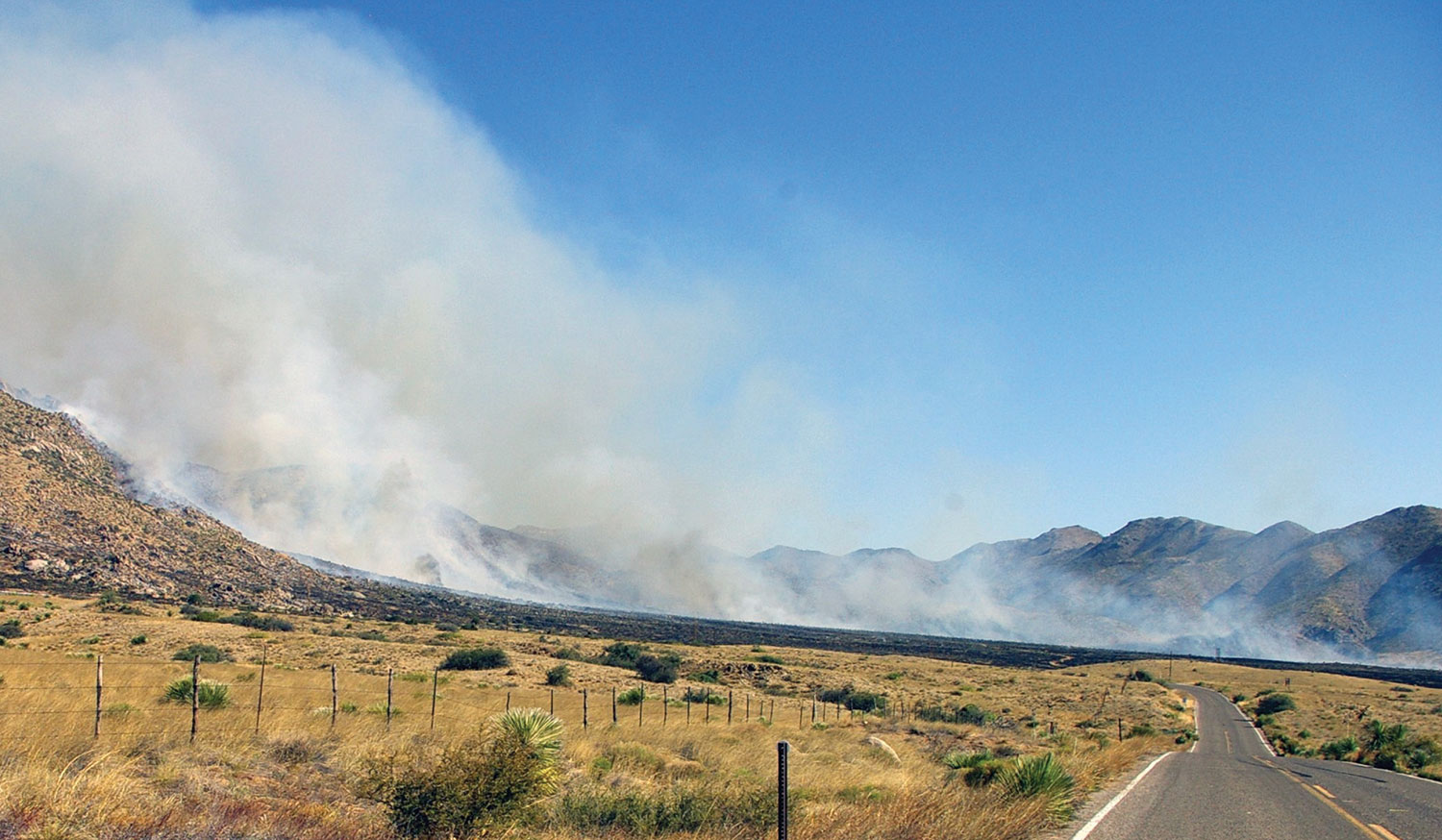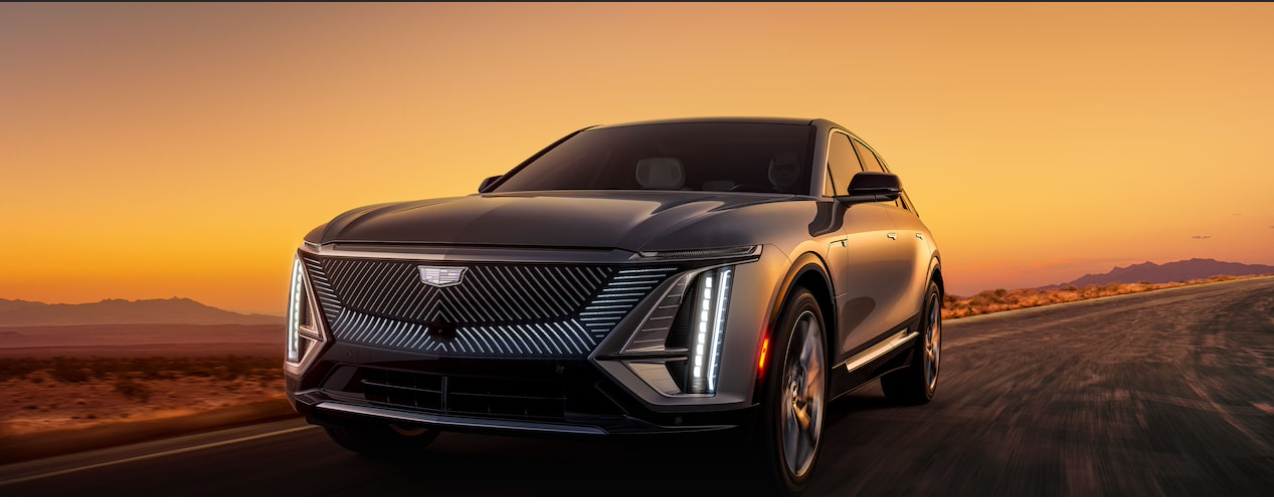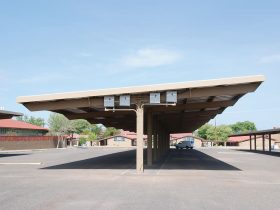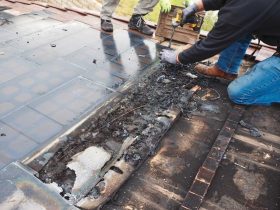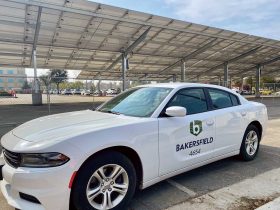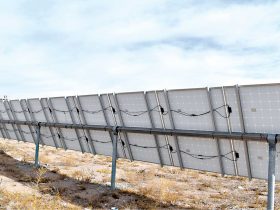With more frequent utility outages due to various environmental events, batteries are even more important in today’s PV systems.
The testing and certification process is essential in the development, manufacture, and ultimate use of electrical products.
COVID and its related supply-chain issues are having various impacts on the installation and inspection of alternative-energy systems, including PV.
With the rapid reduction in the costs of renewable energy generation, such as wind and solar power, there is a growing need for energy storage technologies to make sure that electricity supply and demand are balanced properly.
There are no one-size-fits-all solutions to the ground fault-protected main circuit breaker issue. Diligent attention to the requirements in the NEC and the equipment in the existing installation is required.
The National Electrical Code requires several systems to reduce the possibility of fires in PV systems and to protect fire fighters.
Comprehensive antimicrobial performance test standards are under development for devices, from the performance of UV lights to bipolar ionization.
This article will examine some of the basic electrical calculations used to photovoltaic validate system design (based on the 2017 NEC)
The module and string voltages and the inverter DC inputs are critical issues since we will be experiencing widely varying weather conditions throughout the country in the years and decades ahead.

![Figure 1 – [Twist-on connectors specifically designed for copper-clad aluminum splicing. Image Credit: IDEAL Electrical]](https://iaeimagazine.org/wp-content/uploads/2025/08/Fig1_CCATwister.png)
